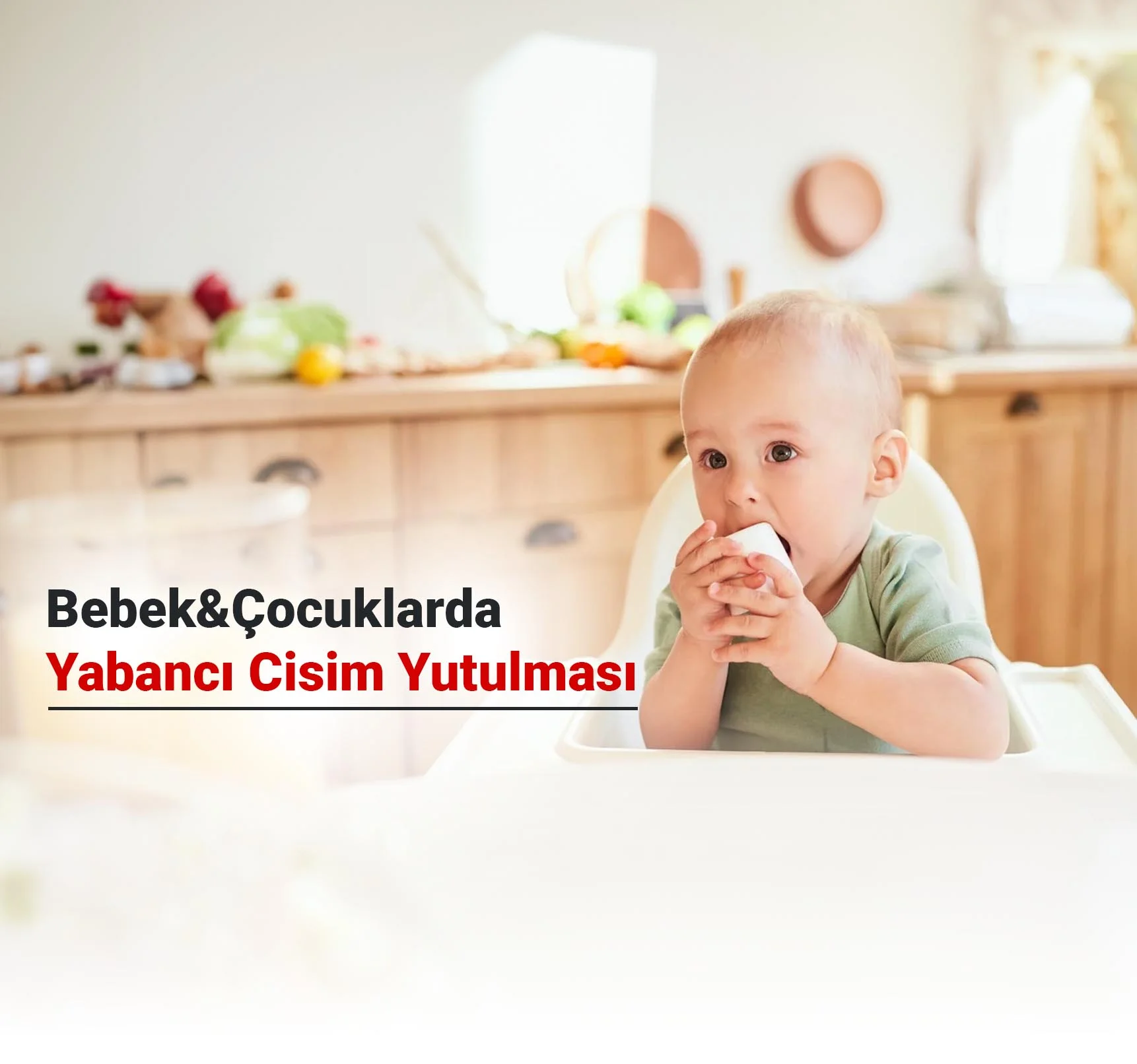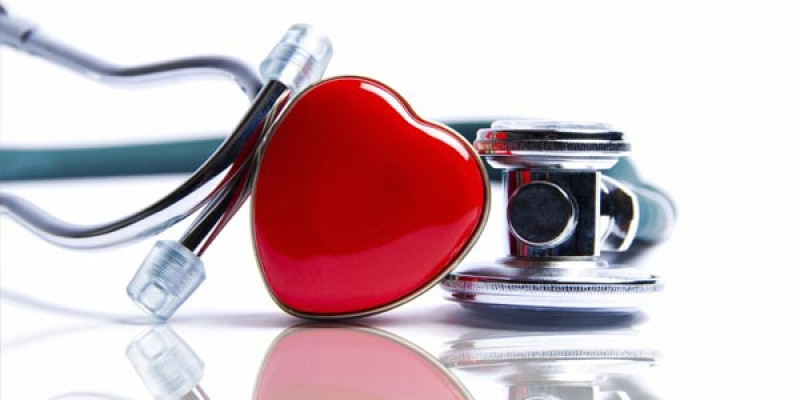
From the moment the baby is born, it has the ability to absorb the objects around it. This ability is an extraordinary gift that nature gives the baby. Nutrition is only possible in this way, and the baby receives the necessary nutrients from the mother's breast. Although skills such as intelligence, walking, sitting, and speaking are not yet fully developed, sucking is present from birth as a reflex. For this reason, the newborn absorbs all the objects around it. As the baby grows and gains mobility, it explores its surroundings. During the crawling and walking periods, it now seizes the very small objects it finds on the carpet and upholstery and takes them to the mouth. In short, the size and number of hazards increase. What are these dangers? What are the substances and objects that are taken to the mouth that are foreign to the body other than food? There are two types of harmful substances that can be ingested or smoked.
1. Liquids consuming harmful liquids to the body
Many liquid substances in our homes are life-threatening for our babies. For example, dishwasher detergents and degreasers, bleaches, kitchen and bathroom cleaning agents, and lime removers These liquids are generally alkaline in character. Although the caustic effect of packaged and branded products is less, chemical cleaning liquids that are sold openly are harmful to humans. Another common occurrence is the inadvertent ingestion of chemicals used in painting and dyeing. Irritating and tissue-burning liquids such as paint and thinner are toxic substances due to their chemical structure. These poisons can act quickly, causing damage to organs such as the brain, nervous system, liver, and kidney slowly and chronically as a result of substances such as lead absorption. It occurs as a result of the burning of the esophagus and stomach when the substances that are kept in places where the baby and child can easily reach them at home and in attractive packages are accidentally drunk. Burns, inflammation, and damage to the mucous membrane lead to a gradual narrowing of the esophagus days or weeks after ingestion of the noxious fluid. The baby begins to vomit constantly, and feeding is disturbed. Diagnosis and treatment methods: Thanks to the endoscopic examination, the degree of burn and damage can be understood. The primary treatment consists of discontinuing oral nutrition and administering various drugs via intravenous serum. X-rays are taken to investigate the disorders in the lung and digestive systems. Although the treatment of the narrowing esophagus is extremely successful, the esophagus is expanded several times, called dilatation, in severe narrowings. All of these treatment methods are now readily available, thanks to advancements in pediatric gastroenterology.
2. Solids Problems due to solid ingestion:
The most frequently swallowed objects by babies and children are metal coins. Coins of various sizes, which are always possible to seize because they are easily found, carried, and stored by family members, pass easily from the mouth to the esophagus because they are round. It is usually attached to the esophagus somewhere in the middle of the chest. Other solid objects that can be consumed include small toy pieces, Legos, metal nails, screws, keys, pencils, and paint chips. These substances get stuck in the esophagus or travel to the stomach. However, since they cannot pass through the stomach exit hole, they remain there and fall under the influence of stomach acids and enzymes. Plastic and metal objects do not show immediate harmful effects if they are not sharp and penetrating. However, objects such as small watch batteries that are attractive to the baby, easy to swallow, and innocent-looking, are unfortunately opened in the stomach by the digestive effect of acid, and harmful and toxic substances leak out. In this case, the chemical effect becomes more important than the mechanical effect. In addition to poisoning, perforation of the organ may occur. Another danger to newborn babies is gold jewelry (mashallah) and safety pins that family relatives wear for happiness. Thanks to the sucking reflex, the baby opens the needle attached to the clothes or pillow with his mouth and often swallows the gold and the needle together. In this case, the open needle tip is stuck in the esophagus or stomach. In short, happiness begins to turn into disaster.
How do I understand that the child or baby swallowed a foreign body?
Although the symptoms vary according to the place where the substance is inserted, coughing and continuous saliva flow from the mouth should attract the attention of the mother. If there is pressure on the respiratory tract, difficulty breathing and bruising can also be added to this picture. Objects that remain permanently in the esophagus or stomach cause abdominal pain after a while. The baby refuses to feed; it does not want to swallow the bite in the mouth. The object may also cause damage and inflammation in the surrounding tissue, causing symptoms such as perforation of the organ and fever.
Diagnosis: The easiest diagnostic method is the radiological examination of the baby. Metal objects are easily seen on X-rays. But since plastic, fabric, or soft objects are not visible on X-ray, they are found with the help of fiberoptic instruments called endoscopes. Treatment approaches: The most frequently asked questions by mothers are about how long the foreign body can stay in the body and its effects. Hard and sharp substances should never be removed by vomiting. Safety pins are one of the most risky objects in this regard. With a device called an endoscope, it is possible to reach the foreign object in a few minutes, even in newborn babies, and remove it without harming the body. If round, slippery, and non-soluble substances such as coins have been in the stomach for more than 24 hours, they must be removed. If the substance, which is considered harmless, has left the stomach, the stool of the child and baby is constantly observed and kept under control until the foreign body is removed from the body. We must be aware of the hidden dangers of the substances we use every day and that are always at hand for our babies and children.











